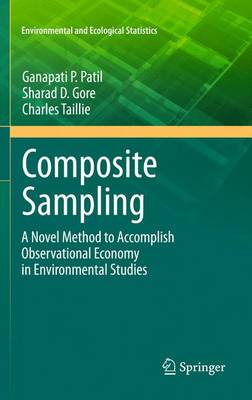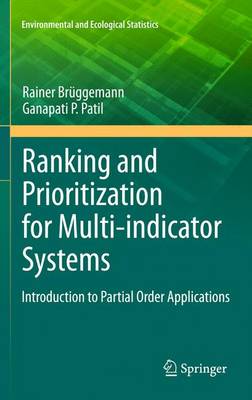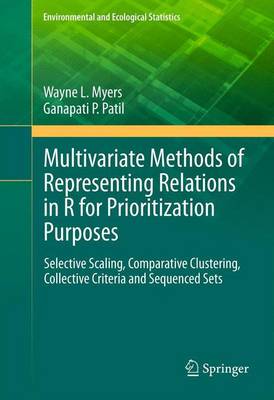Environmental and Ecological Statistics
5 primary works
Book 1
Landscape Pattern Analysis for Assessing Ecosystem Condition
by Glen D Johnson and Ganapati P Patil
One of our greatest current challenges is the preservation and remediation of ecosystem integrity. This requires monitoring and assessment over large geographic areas, repeatedly over time, and cannot be practically fulfilled by field measurements alone. Remotely sensed imagery plays a crucial role by its ability to monitor large spatially continuous areas. This technology increasingly provides extensive spatial-temporal data; however, the challenge is to extract meaningful environmental information from such extensive data. This book presents a new method for assessing spatial pattern in raster land cover maps based on satellite imagery in a way that incorporates multiple pixel resolutions. This is combined with more conventional single-resolution measurements of spatial pattern and simple non-spatial land cover proportions to assess predictability of both surface water quality and ecological integrity within watersheds of the state of Pennsylvania (USA).
Book 2
Pattern-Based Compression of Multi-Band Image Data for Landscape Analysis
by Wayne L Myers and Ganapati P Patil
This book describes an integrated approach to using remotely sensed data in conjunction with geographic information systems for landscape analysis. Remotely sensed data are compressed into an analytical image-map that is compatible with the most popular geographic information systems as well as freeware viewers. The approach is most effective for landscapes that exhibit a pronounced mosaic pattern of land cover.
Book 4
Composite Sampling
by Ganapati P Patil, Sharad D. Gore, and Charles Taillie
Sampling consists of selection, acquisition, and quantification of a part of the population. While selection and acquisition apply to physical sampling units of the population, quantification pertains only to the variable of interest, which is a particular characteristic of the sampling units. A sampling procedure is expected to provide a sample that is representative with respect to some specified criteria. Composite sampling, under idealized conditions, incurs no loss of information for estimating the population means. But an important limitation to the method has been the loss of information on individual sample values, such as, the extremely large value. In many of the situations where individual sample values are of interest or concern, composite sampling methods can be suitably modified to retrieve the information on individual sample values that may be lost due to compositing. This book presents statistical solutions to issues that arise in the context of applications of composite sampling.
Book 5
Ranking and Prioritization for Multi-indicator Systems
by Rainer Bruggemann and Ganapati P Patil
Book 6
Multivariate Methods of Representing Relations in R for Prioritization Purposes
by Wayne L Myers and Ganapati P Patil
This monograph is multivariate, multi-perspective and multipurpose. We intend to be innovatively integrative through statistical synthesis. Innovation requires capacity to operate in ways that are not ordinary, which means that conventional computations and generic graphics will not meet the needs of an adaptive approach. Flexible formulation and special schematics are essential elements that must be manageable and economical.




